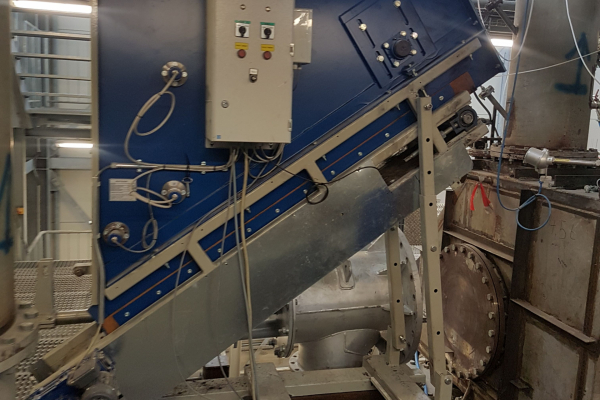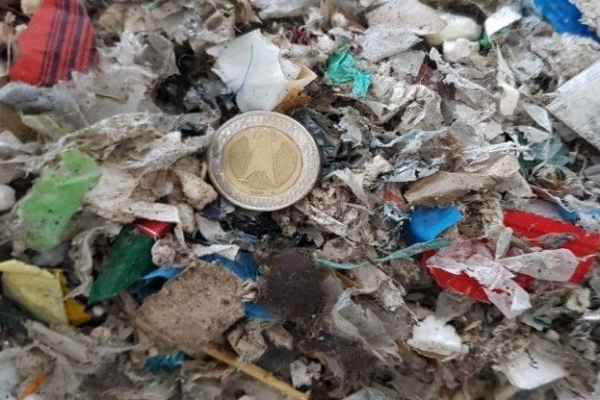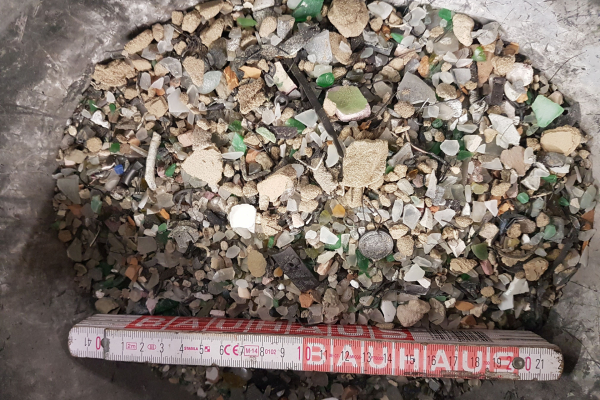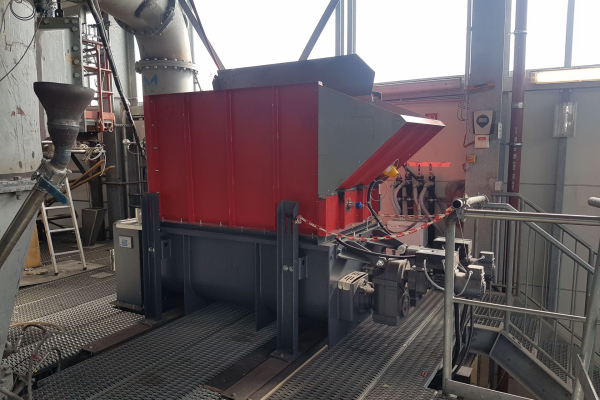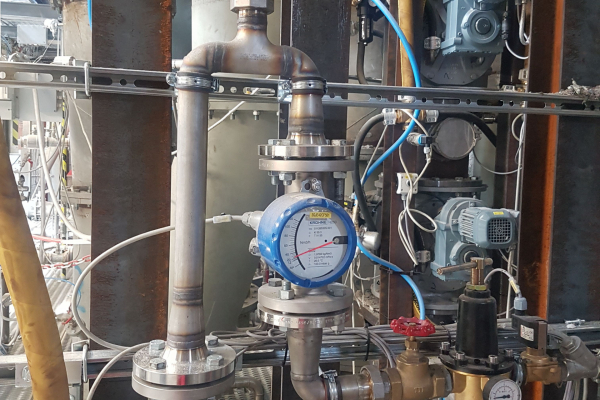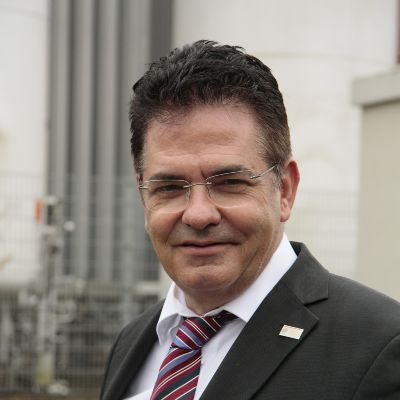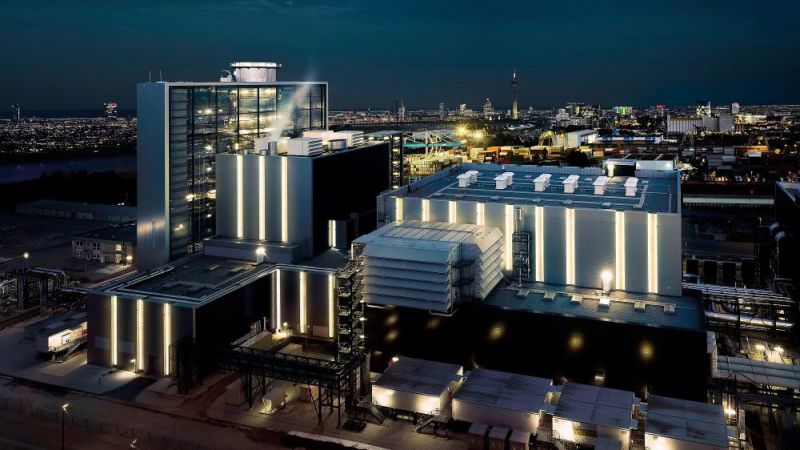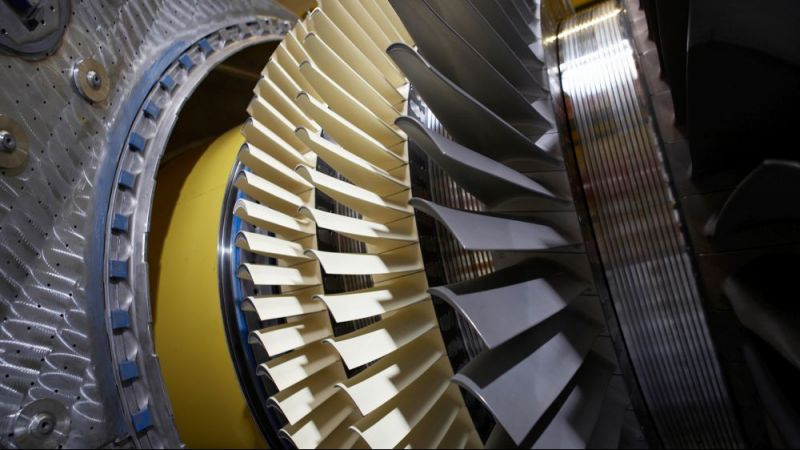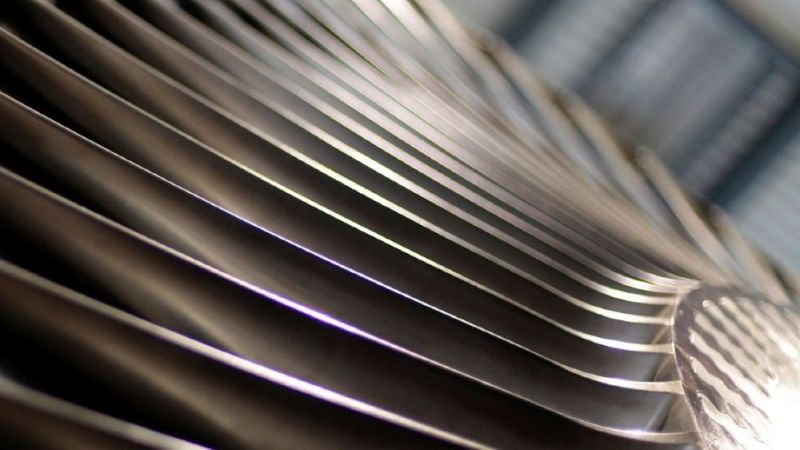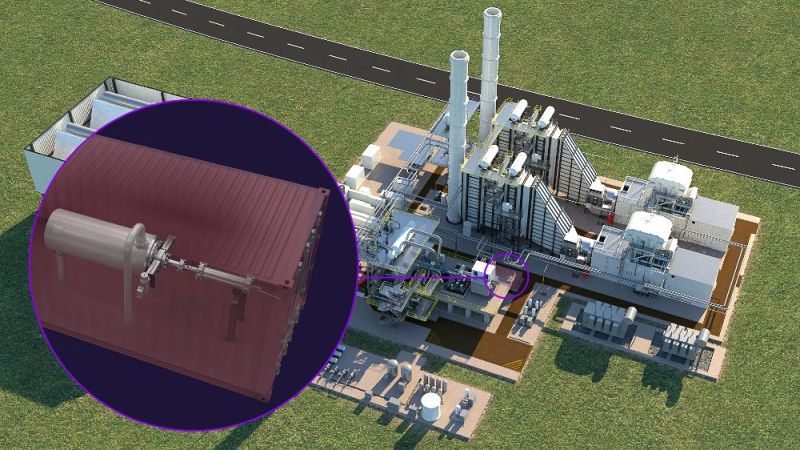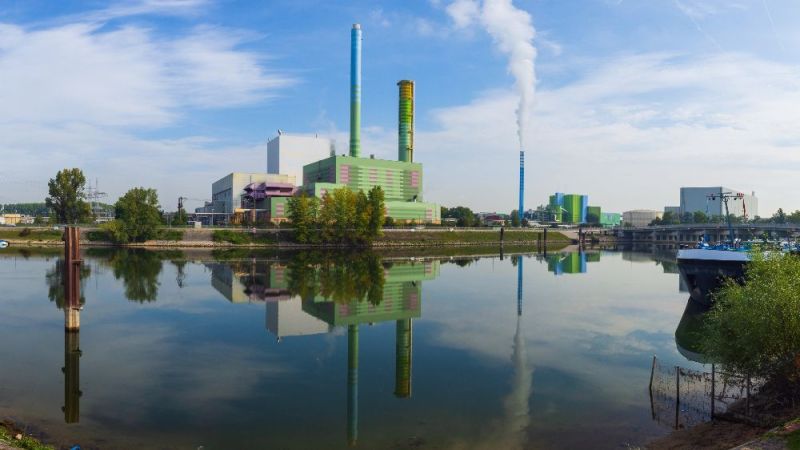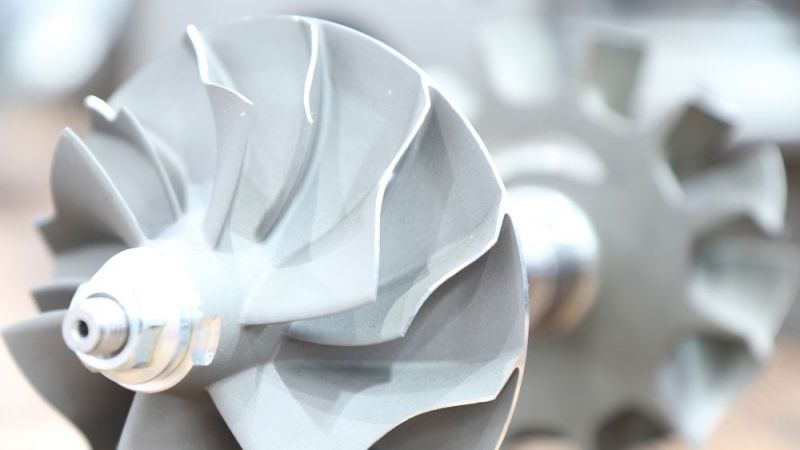Thermal power plants
Burning waste and storing electricity
Today, most waste is incinerated and the occuring carbon dioxide (CO2) is released into the atmosphere. The MONIKA project adopts a completely new approach in the interests of climate protection and to support the energy transition. CO2 is separated from the waste gas produced by the waste incineration plant using the carbonate looping process (CaL process) and, in a further process, it reacts with hydrogen (H2) to form methanol.
The required hydrogen is synthesised by electrolysis with the electricity generated in the waste incineration plant. In order to check whether the process developed is suitable for retrofitting in waste incineration plants, Darmstadt Technical University has developed a technical concept for a demonstration plant.
Project context
Operators of waste incineration plants are increasingly faced with the problem that the remuneration for electricity fed into the grid is decreasing and difficult to plan. Owing to the subsidised and fluctuating feed-in of electricity from renewable energy sources, such as the sun and wind, there are times when there is an oversupply of electricity. It then costs money to feed the electricity into the grid.
If the operator uses this electricity for producing hydrogen by means of electrolysis, the electricity produced in the waste incineration plant can be used economically even in times of low or even negative electricity revenues, and stored in the form of hydrogen. At the same time, emissions from waste incineration plants are reduced because CO2 is separated from the exhaust gas and used with the hydrogen produced for synthesising methane or methanol.
Research focus
Is it technically possible and economical to produce methanol from CO2 separated from a waste incineration plant in combination with H2? Scientists from Darmstadt Technical University investigated this question.
CO2 can be effectively removed from the exhaust gas using the carbonate looping process (CaL) by reacting with calcium oxide to form calcium carbonate. The CaL process promises a significantly lower efficiency loss (about three per cent in coal-fired power plants) and relatively low CO2 separation costs relative to conventional scrubbing processes. Scientists have already successfully tested the method on a pilot scale (1-2 megawatts thermal) for application in coal-fired power plants. As part of the MONIKA project, they investigated the extent to which the CaL process is suitable for separating CO2 from the exhaust gases produced by waste incineration plants.
To this end, they carried out tests on a pilot plant (1 megawatt thermal). The aim was to achieve optimal utilisation of all material and energy flows through process simulations.
The intention was to investigate and optimise the dynamic behaviour of the overall process with regard to flexibly feeding electricity into the grid. Finally, it is intended to develop a concept for constructing a demonstration plant at the site of a waste incineration plant.
Innovation
The CO2 bound in calcium carbonate is released again in a second reactor. This takes place via an additional combustion process at a temperature of 900 degrees Celsius. The scientists are using a solid recovered fuel (SRF) and technically pure oxygen. This increases both the throughput of waste in the waste incineration plant and the amount of electricity generated. If the CaL process is used in coal-fired power plants, a significant part of the efficiency loss of around two to three per cent is generated by the provision of oxygen for combusting oxyfuel in the calciner (reactor). This is where the new method comes into play. The project team is combining the CaL process with the electrolysis of water. This produces hydrogen and oxygen. The oxygen can be used for the combustion process in the calciner. This makes it possible to reduce the efficiency loss.
Results
As part of two test campaigns, the project team tested the CaL process around the clock for two weeks at a pilot plant at Darmstadt Technical University (1 megawatt thermal) for use in waste incineration plants. For the first time worldwide, they showed that suitably treated waste, so-called solid recovered fuel, could be successfully incinerated in the calciner to regenerate the sorbent in an oxyfuel furnace, while CO2 was separated from typical waste gas from a waste incineration plant. The CO2 separation rates were over 90 per cent. In addition, the chlorine concentration in the flue gas dropped by 80-95 per cent.
The pure CO2 separation rate is already very good. The costs are about 50 per cent lower compared with other CO2 scrubbing processes.
Practical transfer
Demonstration of the process on an industrial scale is necessary before commercial use. As part of the project, the scientists developed a technical concept for a demonstration plant. In a further step, the costs for this plant will be put to the test. The construction and operation of such a demonstration plant requires financial support. This could, for example, be realised as a real-world laboratory within the framework of the German government’s 7th Energy Research Programme.
Last updated: 31.07.2019


